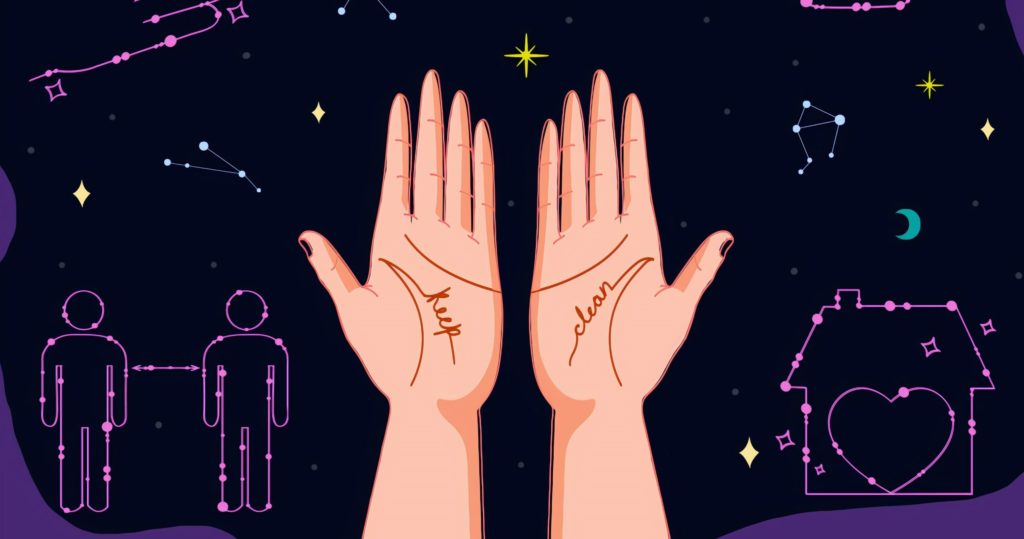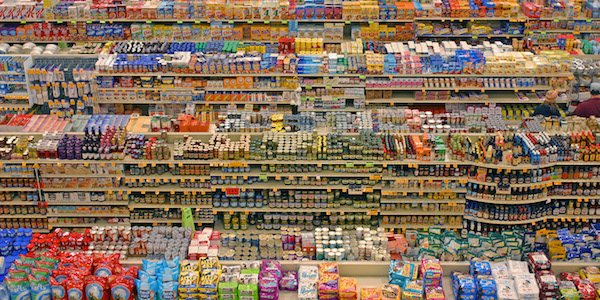One account I check on Twitter every day is @Calvinn_Hobbes. The cartoons of a spiky-haired six-year-old and his (toy?) tiger are guaranteed to bring a smile to the most frustrating of lockdown days. Sometimes, though, cartoonist Bill Watterson uses his characters to make perceptive social commentary, as well as to make people laugh.
A recent one featured on the Twitter feed depicted Calvin disgustedly showing Hobbes the dot-to-dot picture he had just completed. ‘It’s a duck,‘ says Hobbes. ‘I know!’ Calvin retorts, ‘Who wants to draw a duck?! I sure didn’t! They made me!’ His artistic integrity, he explains, has been compromised, manipulated into somebody else’s idea of what he should draw. ‘From now on,’ he declares, ‘I’ll connect the dots my own way.’
It doesn’t take a genius to recognise the parallels with Western culture. Nowadays – even more markedly than in 1992 when the cartoon was created – we believe passionately in self-determination, in our right to decide and discover who we are for ourselves, in the freedom of the individual to plough his or her own furrow.
In some ways, then, the lockdown was surprisingly successful. Apart from a couple of rogue weekends when hordes descended on parks and beaches, inspiring lots of frantic finger-wagging from the Government, for the most part we stayed home, protected the NHS and – we hope – saved lives. In part, this is because the rules were clear and simple, and the motivation similarly so: we needed to protect the vulnerable, and doing so required some self-sacrifice. We rose to the occasion.
That part was easy. We were all in it together (albeit, together apart). It’s this part that I’m finding harder. Don’t tell anyone, but at one point on Sunday I had four people from different households in my kitchen at the same time. We had just eaten together, outside, passing slices of bread, the butter knife, the wine bottle and the bowl of salad casually from one to another, without disinfecting each item each time. But once they were in my kitchen, I knew a rule was being broken, but I didn’t want to be a terrible host by ordering them to stop stacking the dishwasher and get back outside. What should I do? Were we really that much more danger to each other inside than out?
The problem is, I don’t really understand the rules. I don’t know why I can share a garden (and a meal) with six people but not a kitchen, or why two households of five people meeting together in a home is less risky than three single people. It seems arbitrary and confusing, and I don’t think I will find a satisfactory answer anywhere.
Like Calvin, then, I think it would be better to connect the dots in the way I want, in the way that makes sense to me.
In a cartoon published a couple of years later, Watterson visited the dot-to-dot theme again. This time, Calvin is annoyed that his joining of the dots hasn’t produced a picture, but ‘just a big mess!’ Hobbes, perceptive as ever, says, ‘I think you’re supposed to connect them in the order that they’re numbered.’ ‘Oh,’ Calvin replies, and tries again, muttering, ‘Everything’s gotta have rules, rules, rules!’
Calvin’s two experiences are instructive – in rebelling against the guidelines the picture book’s designer put in place, Calvin didn’t end up with a better picture, but no picture at all.
Watterson’s perceptive portrayal of our instinctive drive to do things our own way leads to deeper questions about how we conceptualise morality, and whether we really do get things right when we determine our own path.
It seems to me that, as these cartoons demonstrate, when we rebel against rules of morality, particularly those put in place by our designer, we don’t end up with a better world – the morality-challenging social experiment of the last 60+ years doesn’t seem to be any closer to producing a healthy, happy, flourishing society – but one that looks like ‘just a big mess’.
That is our choice, of course. We can choose, like Calvin, to refuse to be hemmed in by some external authority, to figure out our own way forward and live with the consequences. Or we can choose to investigate what the rules are for, to understand why they are in place and what vision of human flourishing they are pointing towards, and we can choose to give them a try, and see if the designer really did have a good plan in place when he set them out.
Which option do you prefer?





